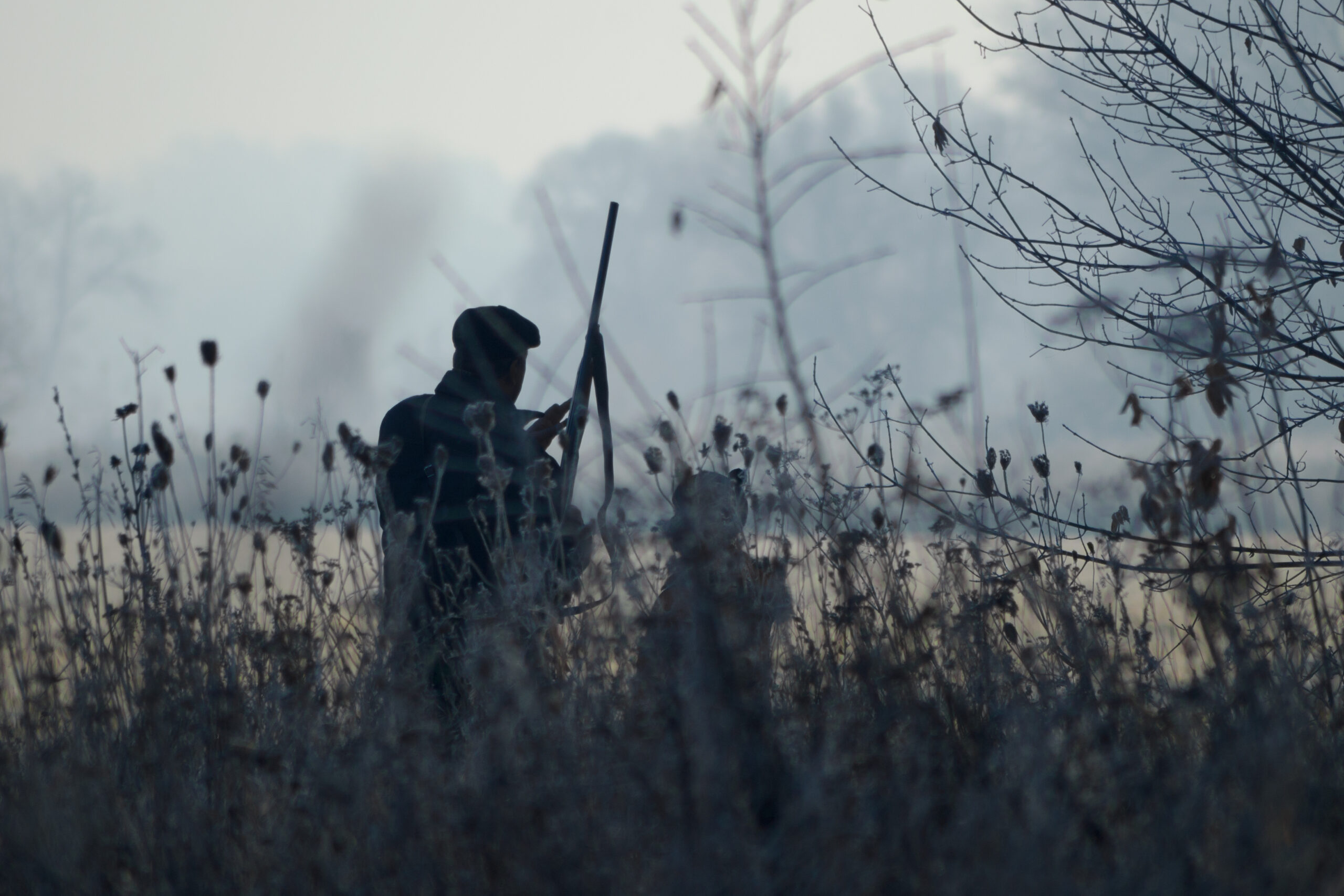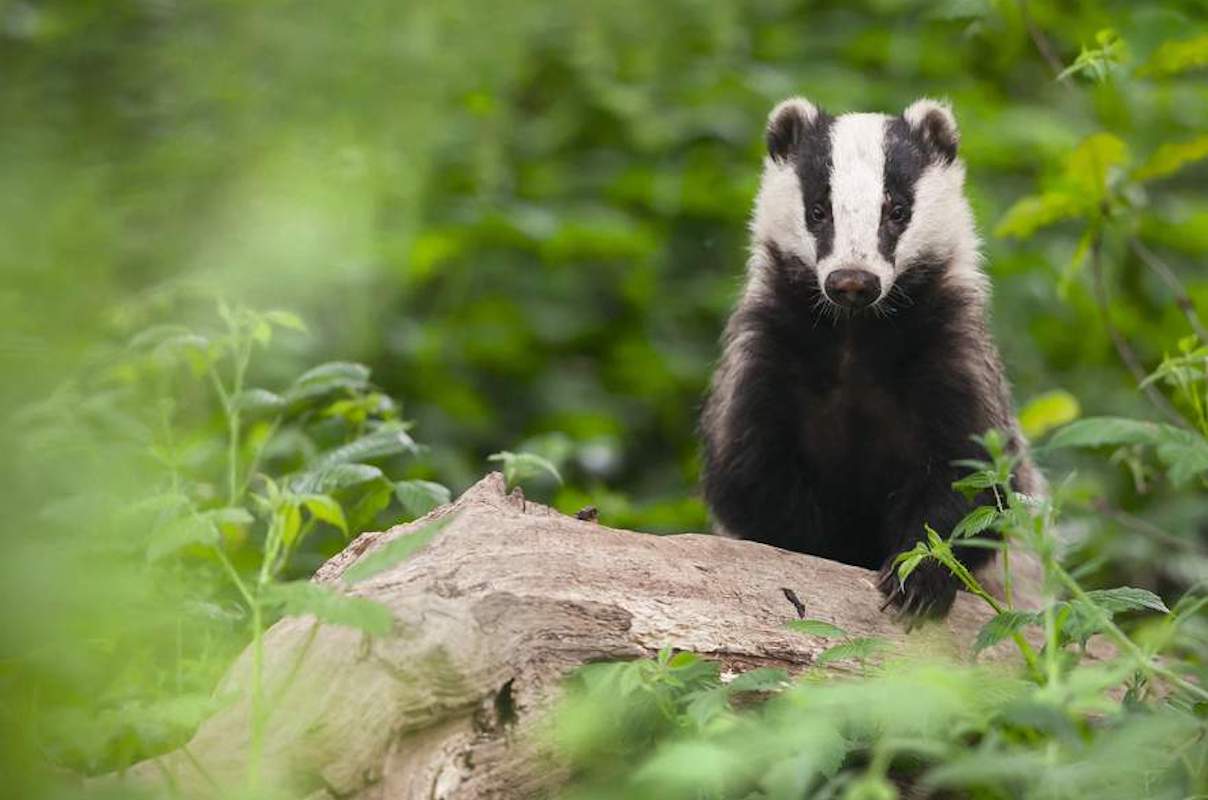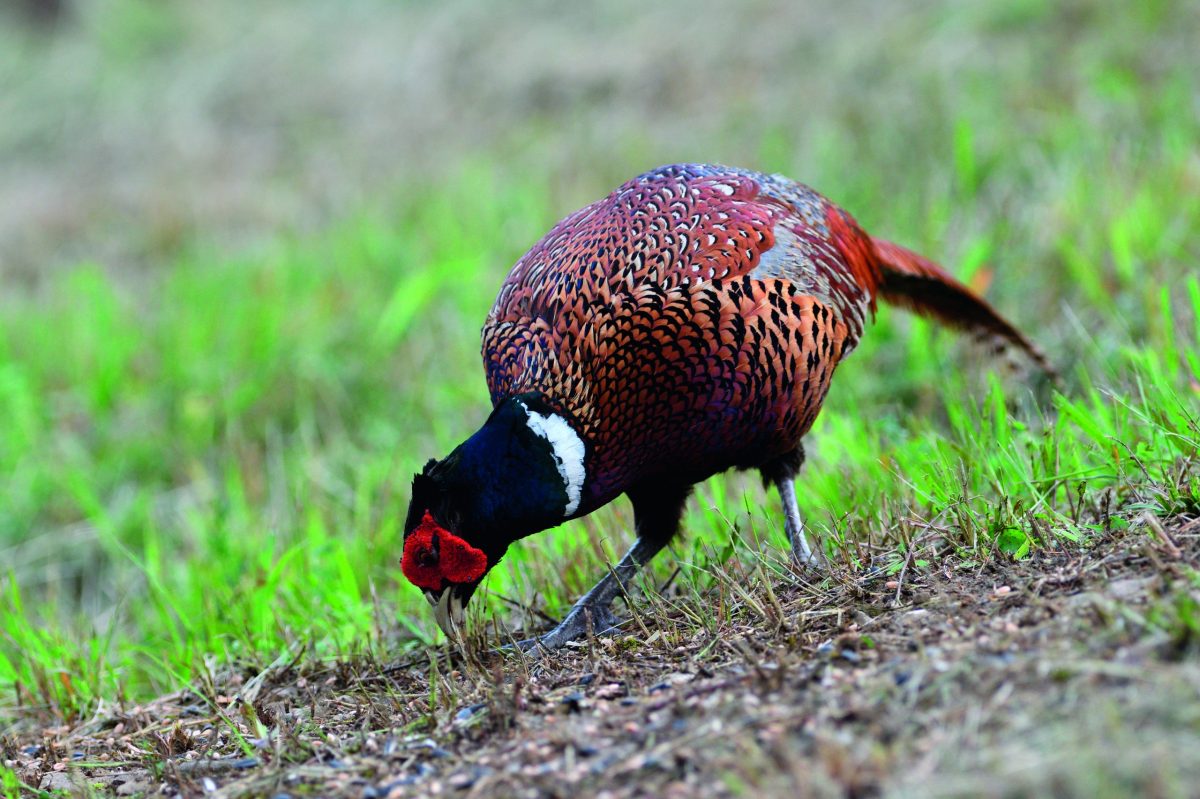Hunting fights back after ban
Since 18 February 2005, hunting and the Hunting Act have rarely been out of the news. Ironically, in the two years following the legislation banning hunting, 34 per cent of hunts have reported an increase in subscribers, while only 10 per cent say numbers are down. An estimated 322 packs in England and Wales have carried out more than 32,000 days of hunting. Despite fears prior to the Act that thousands would lose their jobs, the hunting community has stood firm. The Countryside Alliance (CA) believes that between 6,000 and 8,000 people are employed in full-time jobs that depend on hunting.
In a recent letter to his party, David Maclean, MP for Penrith and the Border, outlined Conservative policy on the repeal of the Hunting Act, reminding Parliamentarians of David Cameron?s personal commitment to allow Government time for a free vote on the repeal of the Act. Last October, David Cameron went on record as saying: ?I?m in favour of the freedom to hunt, I think the law was a great mistake? people said the law would look a complete imbecile and it does.?
Alastair Jackson, director of the Masters of Foxhounds Association, told ST: ?Very few jobs have been lost, mainly because we have encouraged hunts to keep their infrastructure, in other words their staff, hounds and kennels intact until such time as there can be a repeal. If there was no hope of a repeal then things might be very different. Landowners and farmers are also working to support the hunt for the same reason. The situation is not satisfactory at the moment, but everyone is working hard to keep hunting and we all look forward to repealing the Act. We must now work hard to make sure we get a more sympathetic Government.?
Recent research, published by the CA to coincide with the second anniversary of the Act, shows that the UK fox population has suffered a decrease in numbers since the Act. More than 60 hunts have kept records of their observations since February 2005 and, of those, 36 per cent reported that there are fewer foxes now than two years ago. Meanwhile, on Exmoor, similar findings highlighting the decrease in the number of red deer have been reported from the region?s staghound packs.








